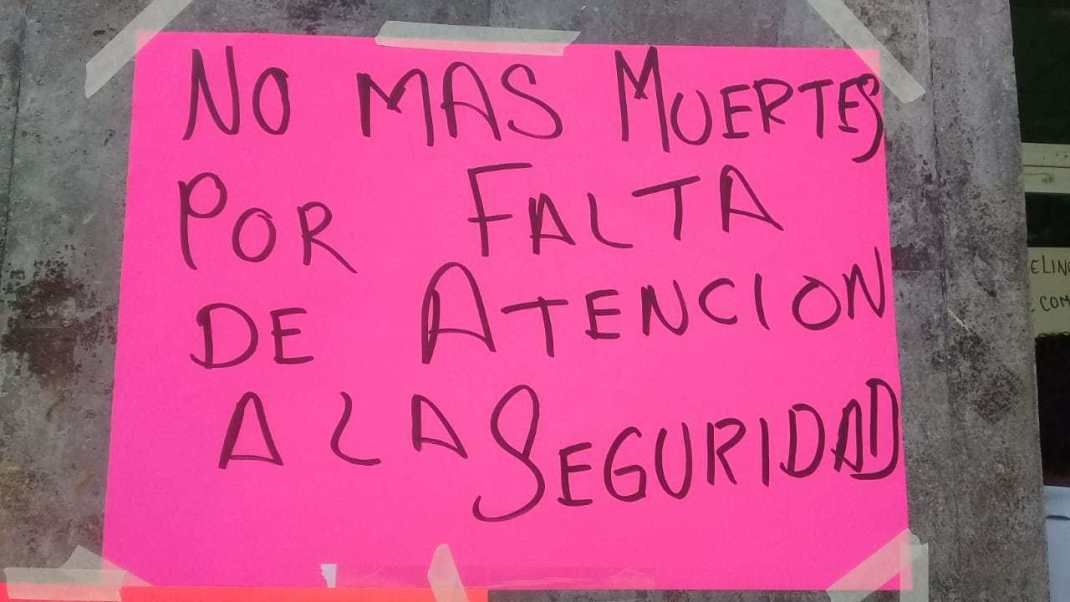Filed under: Action, Community Organizing, Indigenous, Mexico
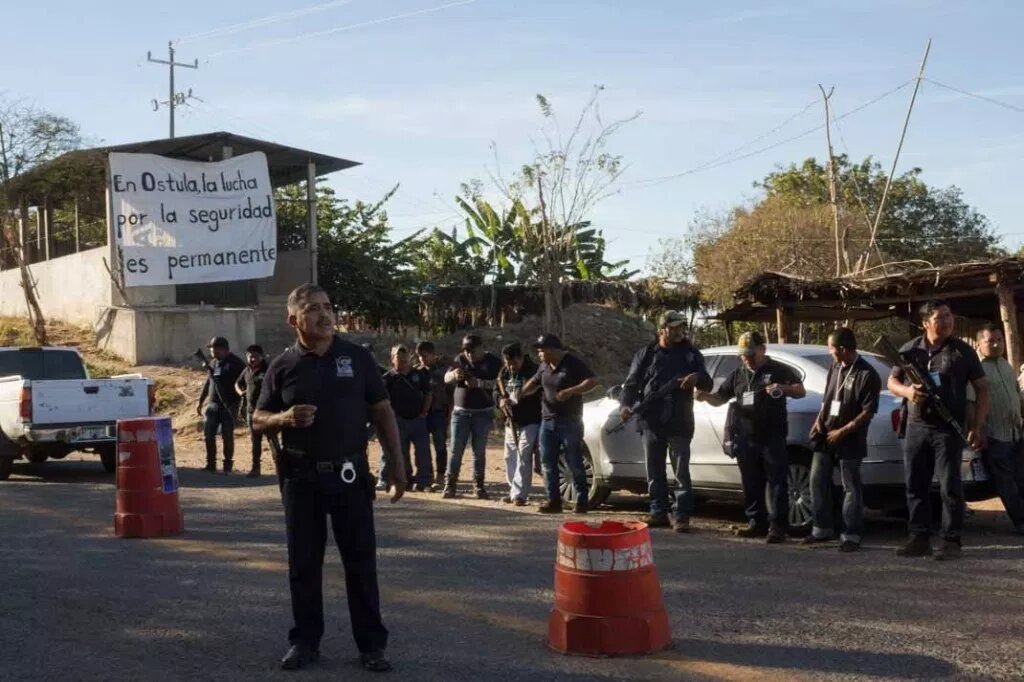
This article and the accompanying photos were published by the autonomous media collective, Subversiones. The article addresses the ongoing self-defense struggles of the Indigenous Nahua people in Santa María Ostula, Michoacán, to maintain security in their territories.
Since February 21st, the Indigenous community of Santa María Ostula has maintained a road blockade at the junction known as “Triques” on the federal highway 200. They are demanding that the municipal authorities of Aquila guarantee the proper conditions necessary so that security is maintained in the region.
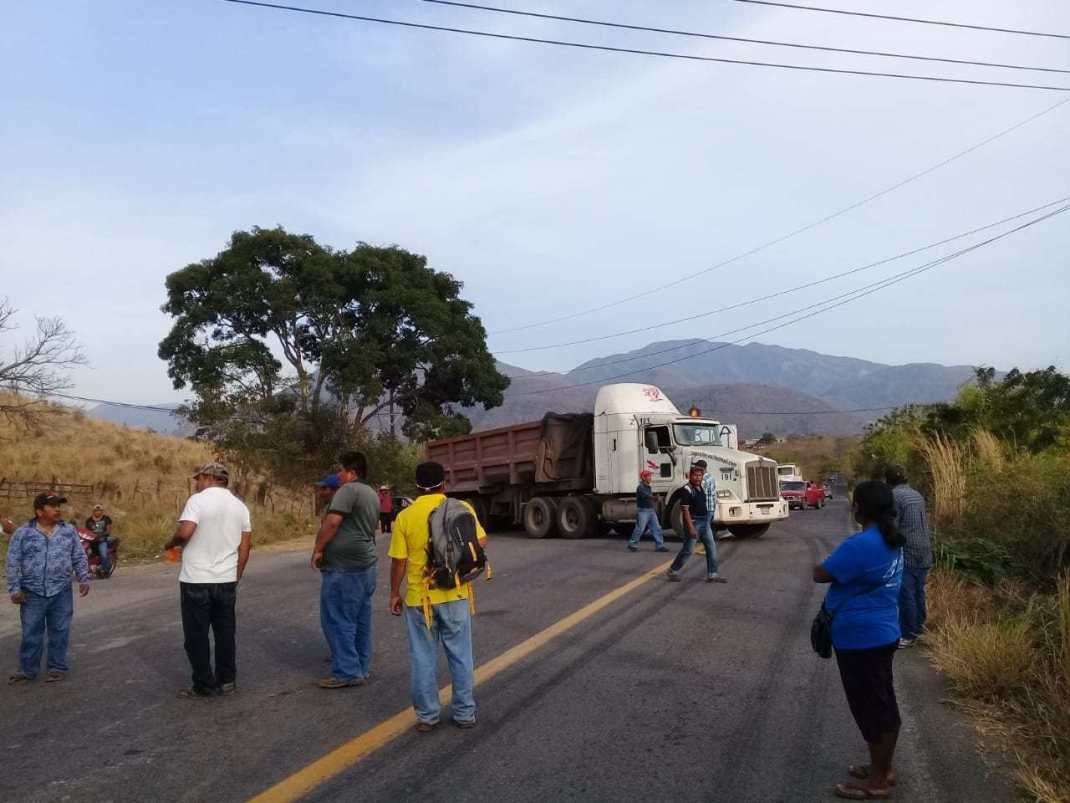 At the beginning of 2014, the communal guard of Ostula was reconstituted to support the advance of self-defense groups that sought to “free” the Sierra-Coast of Michoacán of organized crime. Since then, it has been the force of Ostula, which has managed to maintain security in practically the entire municipality of Aquila, the largest in Michoacán.
At the beginning of 2014, the communal guard of Ostula was reconstituted to support the advance of self-defense groups that sought to “free” the Sierra-Coast of Michoacán of organized crime. Since then, it has been the force of Ostula, which has managed to maintain security in practically the entire municipality of Aquila, the largest in Michoacán.
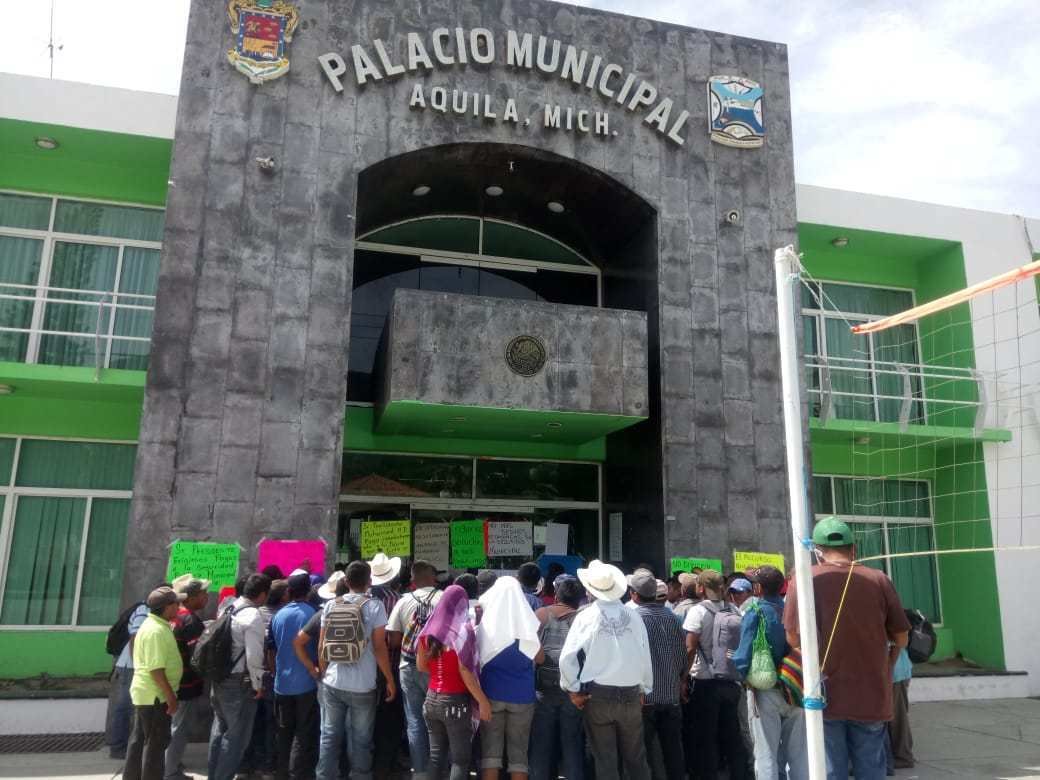 Between 2015 and 2018, the community self-defense forces of Aquila—organized around the communal guard of Ostula—managed to keep at bay the cells of the Knights Templar Cartel that have reorganized in the region. The life of the communities was re-woven during that period, in spite of direct attacks against the security checkpoints and members of the community police.
Between 2015 and 2018, the community self-defense forces of Aquila—organized around the communal guard of Ostula—managed to keep at bay the cells of the Knights Templar Cartel that have reorganized in the region. The life of the communities was re-woven during that period, in spite of direct attacks against the security checkpoints and members of the community police.
Aware that the strength and organization of the Nahua people of Ostula was what was holding back the advance of organized crime, the authorities of Aquila named the commander of the communal guard the head of security in the municipality. In one of the checkpoints of the community, one of the slogans of the people accustomed to defending their territory could be read: “In Ostula, the struggle for security is permanent.”
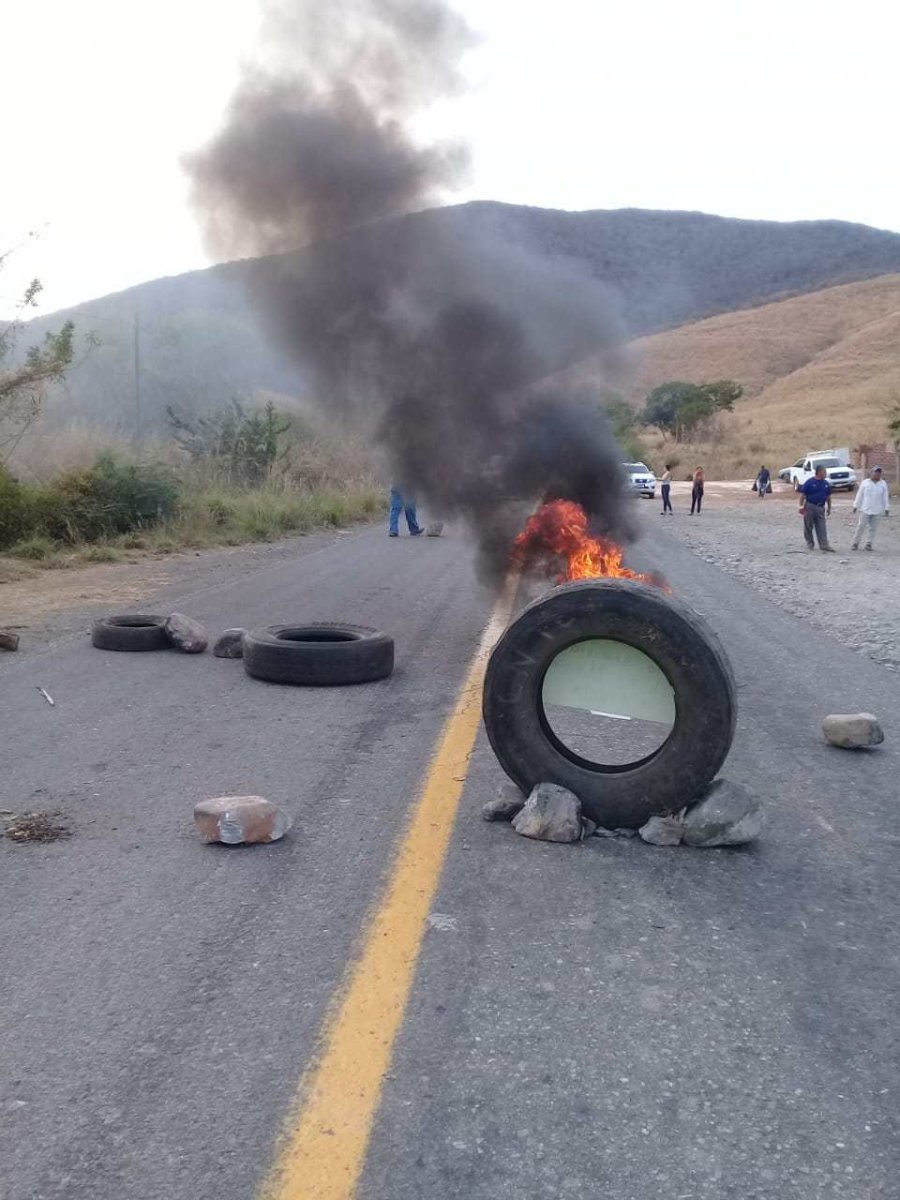 In 2018, the change in municipal authorities raised the alert level in the community. Mohammed Ramírez, candidate for the political party “Verde Ecologista” of Mexico, was known for his ties with local power groups linked to organized crime. Although at the beginning of his command—this past September—he maintained the agreement reached with the previous municipal government, in the last few months of the year, the mayor began to cut the budget necessary for the operation of the communal guards: their units had no fuel or maintenance, and their collective kitchens—maintained by community members of Ostula—could barely function.
In 2018, the change in municipal authorities raised the alert level in the community. Mohammed Ramírez, candidate for the political party “Verde Ecologista” of Mexico, was known for his ties with local power groups linked to organized crime. Although at the beginning of his command—this past September—he maintained the agreement reached with the previous municipal government, in the last few months of the year, the mayor began to cut the budget necessary for the operation of the communal guards: their units had no fuel or maintenance, and their collective kitchens—maintained by community members of Ostula—could barely function.
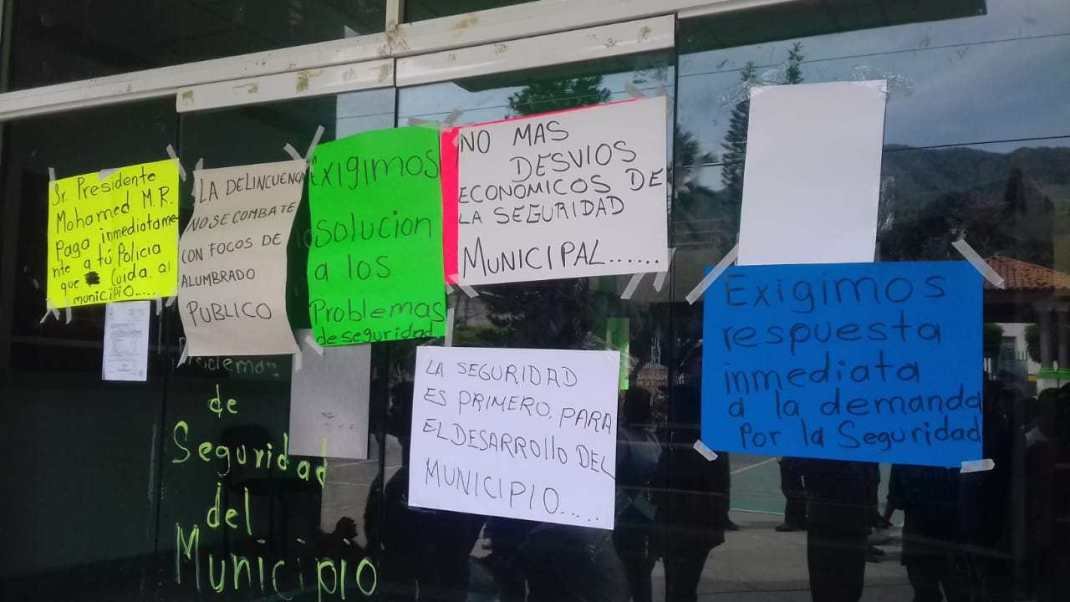 Faced with the funding cutback, the communal guard accepted to work collecting an almost symbolic salary and retreating from protecting the limits of the territory of Santa María Ostula. For the guard, the priority is to protect the lives of the community. However, community members and inhabitants of the towns to the south of the Sierra-Coast asked that the security not lift their security checkpoints in their localities. They know more than anybody that such an act would mean leaving the door open so that organized crime can recuperate control of the region.
Faced with the funding cutback, the communal guard accepted to work collecting an almost symbolic salary and retreating from protecting the limits of the territory of Santa María Ostula. For the guard, the priority is to protect the lives of the community. However, community members and inhabitants of the towns to the south of the Sierra-Coast asked that the security not lift their security checkpoints in their localities. They know more than anybody that such an act would mean leaving the door open so that organized crime can recuperate control of the region.
In effect, what is at stake is stopping the advance of the cells of the old Knights Templar, commanded by Fernando Cruz Mendoza, aka El Tena, in the face of the open indifference—and complicity—of the state and federal police, and the armed forces stationed in the region.
On February 22nd, six bodies were found in the locality of “Los Nuevos”. This finding is in addition to the fifteen bodies found in March of 2018 near the community of Ixtapilla, in the community territory of Ostula. In the zone, all of the actors blame the Tena group. It is known that their advance strategy consists in surrounding the Ostula territory in the Sierra, to control the municipality of Coalcomán, and from there, re-enter the lands of the Nahua community.
For Mohammed Ramírez, the restricting of organized crime does not seem to be a concern. In an oddly worded communiqué, emitted on February 25th, Ramírez sought to “respond” to demands of the people of Ostula. It is curious that the municipal president does not mention not even once, the existence of the criminal cells and uses a fallacious argument to maintain that the municipal government of Aquila “does not recognize any debt” to the community members. For the people of Ostula it is clear however. The lack of payment is a strategy of the authorities to weaken the structure of security and leave open the south of the municipality.
Faced with the lack of support from the municipal authorities, the people of Ostula maintain—up to the moment of publication of this text—the highway blockade at the junction known as “Triques” and have demonstrated at the doors of the municipal presidency.
Since 2014, the communal guard of Santa María Ostula has been the bastion of security in the Sierra-Coast of Michoacán. But since time immemorial, the Nahua people have known how to stay organized to protect their territory and collective life. Beyond the changes of the local, state and federal administrations, the community members of Ostula will remain firm in the defense of all that belongs to them.


